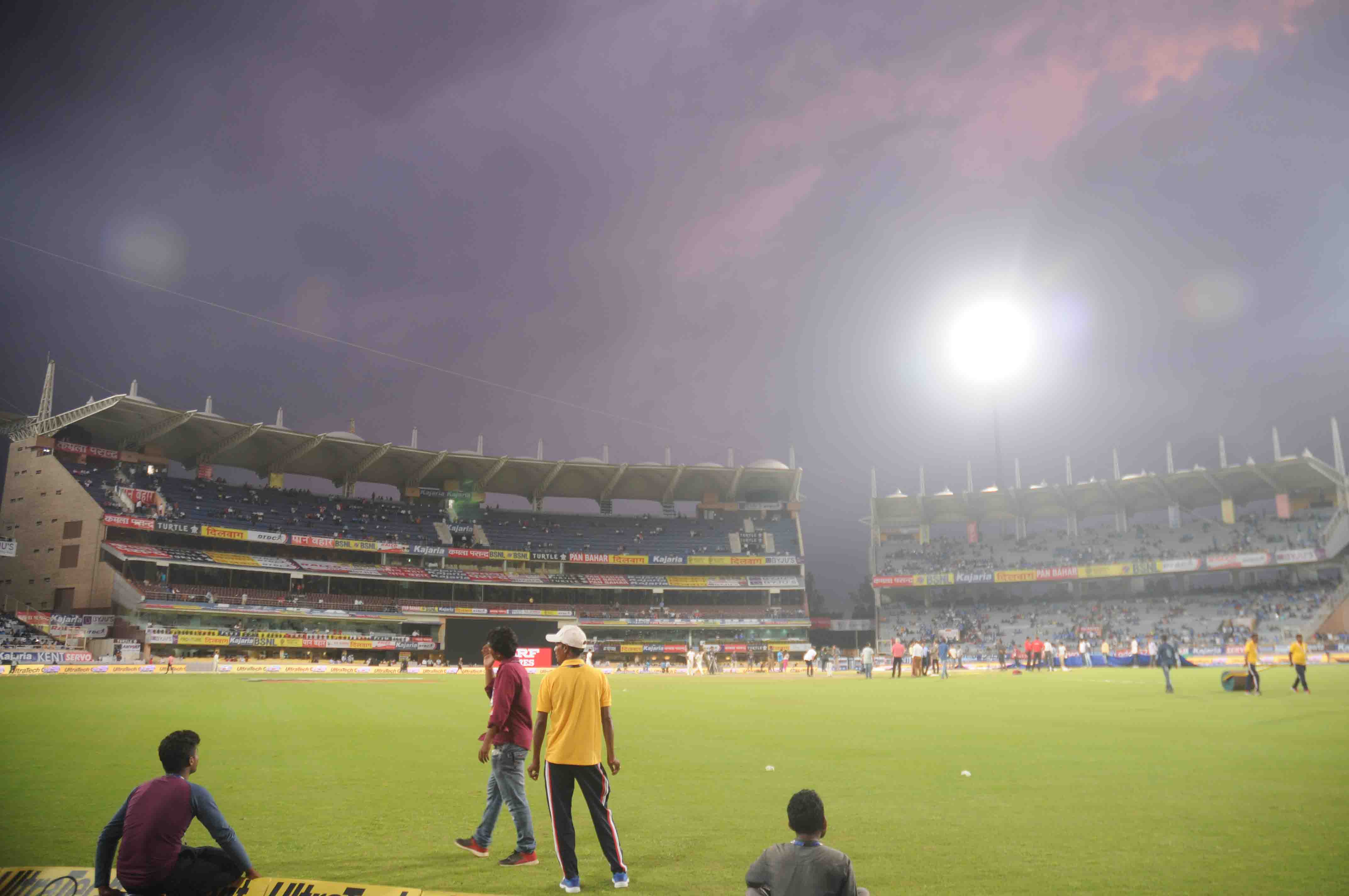 Virender Sehwag’s 219 triggers an old and familiar question in my head: why could nobody, until Sachin Tendulkar in 2010, manage a single double century in One-Day Internationals?
Virender Sehwag’s 219 triggers an old and familiar question in my head: why could nobody, until Sachin Tendulkar in 2010, manage a single double century in One-Day Internationals?
I have heard varying views on the subject that cite everything from middling fitness to sheer bad luck as the main factor. My own simplistic take is that most competent batsmen of preceding eras were possessed of a capacity for either longevity or flashiness (which allowed some to score 120 not out off 180 balls and others 120 off 90) but not, usually, both.
As is usually the case, all of those factors mentioned likely conspired together to prevent the blessed event. While it’s a curious thing, I feel obliged at the outset to offer the caveat that knowing how it takes just one ball to dismiss a well-set batsman there may be no point to this debate. Cricket is one of those things that is hopelessly overanalysed: we don’t always use statistics to measure the most relevant details. Individual performances are hyped beyond all good sense. In part because of Don Bradman’s infamous brush with 100, too much credence is given to arbitrary and artificial landmarks such as a century of centuries and double centuries and so on.
That said, whether or not we are dealing with shifting goalposts, a landmark is a landmark. News of a highest-ever score engages the casual fan. It counts for something.
My quarrel does not really lie with the valuation of numbers. That’s probably a lost cause. No, it is the paucity of double centuries through the ages that still baffles me.
Virender Sehwag
Sehwag now holds the Indian record for highest score in the two older formats of the game. Put in proper perspective, his story is starting to make sense. Aijaz Rahi/AP
Growing up, I remember watching a bunch of attacking 180s and Saeed Anwar’s gritty 194 on television. Every four years during World Cups I would track games featuring stronger teams like Australia against Kenya, Canada and the Netherlands. I watched Herschelle Gibbs swat those six consecutive sixes against the latter.
More surprisingly, in 2003 Canadian opener John Davison kept hitting through the line and took 111 off a decent West Indies attack. I seriously thought he had a shot at the double. For a brief period it was the fastest century in World Cup history.
But they all flattered to deceive. Even as more batsmen – old or young, mature or immature – were plundering double and triple centuries in Tests, the 200 in ODIs defied even the likes of Viv Richards and Brian Lara, the greatest of them all, and remained out of reach for four decades.
To my youthful mind, then freshly intoxicated with the pleasures of calculus, it was a real life application of the idea that the closer one approached a limit the harder it got to touch it. I was even beginning to wonder if the barrier would be surmounted in my lifetime.
Like most folk, I was blindsided by the dramatic changes – some of an organic nature, others forced – that took place during this past decade. In hindsight the sport has evolved considerably since the time of Sanath Jayasuriya.
From Twenty20 cricket, current generations of batsmen have learned to play at a frantic pace with a degree of calm. (Leaking runs meanwhile no longer poses a significant threat to a bowler’s masculinity.) With the calendar so full of cricketing engagements and pitches tailored to suit the taste of buccaneers, larger scores are being posted by relatively undistinguished hitters in shorter times with greater frequency than ever before.
Between 2003 and 2008 we all marveled at how Sehwag was able to parlay 11 consecutive centuries into scores in excess of 150. Nonetheless such is his talent and class, the Delhi batter’s average of over 50 in Test cricket may not itself endure for much longer as one of the sport’s charming mysteries. He now holds the Indian record for highest score in the two older formats of the game. Put in proper perspective, his story is starting to make sense.
So many of us imagined he would be the one to break the sound barrier given all the achievements that preceded it. Nobody however would grudge Tendulkar the privilege of cracking the 200 first. I am glad that he will always have that. And he did it against a far superior South African attack too.
Without meaning any disrespect Sehwag’s innings in Indore on the other hand came against a patchy West Indies unit that gifted him at least two chances and several more friendly lobs that were summarily dispatched to the farthest outposts. For all its worth as the new record, 219 is an ugly number that will never bear the definitive watermark of an even 200.
The idea that Sehwag’s chancy innings offers more satisfaction than, say, Tendulkar’s stunning 175 against Australia a couple of years ago is absurd. For the 175 to be relegated to the status of a footnote is not only unfair, it defies history.
Far better to look at it this way: if Tendulkar cast open the floodgates, Sehwag has done away with the dam. Now await the deluge.




